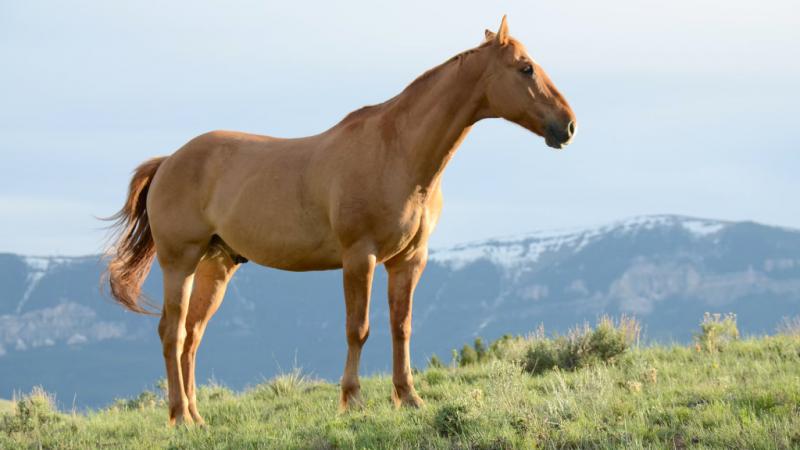Research Confirms Horse Riding An Effective Cerebral Palsy Mobility Treatment

New research published in the Journal of NeuroEngineering and Rehabilitation sheds light on the effects of hippotherapy (HPOT), a form of physical therapy involving horses, on cerebral palsy, the most common motor disorder in childhood. Almost 60% of children with cerebral palsy can walk independently while 7.8% use mobility devices and 33.3% have no walking ability at all. Although HPOT is commonly used to improve balance, movement, and posture in children with cerebral palsy, little is known about the exact mechanisms behind its effects.
Understanding cerebral palsy
Cerebral palsy affects an individual’s ability to move and maintain balance and posture. Although different two conditions, cerebral palsy is commonly confused with Bell’s palsy (facial muscle weakness or paralysis). When it comes to understanding the differences between Bell's palsy vs cerebral palsy, it’s important to know cerebral palsy is a permanent neurological condition caused by brain damage. Bell’s palsy, on the other hand, is often temporary and caused by damage to the facial nerve.
Physical rehabilitation
During the study, a team of researchers from the United States and Korea held HPOT sessions for children with cerebral palsy to study the physical interaction metrics between the horses and children. "My original research interests lie in the rehabilitation of people with neurological impairment, specifically gait and balance. However, I did not know about hippotherapy until rather recently in 2016”, explains Dr. Pilwon Hur from the Gwangju Institute of Science and Technology (GIST) in Korea and head of the study. “After realizing how effective it is in treating children with CP, I was motivated to explore it further”.
Studying physical interaction between children and horses
During the study, four children with cerebral palsy participated in eight physical therapy sessions. Sensors were placed on the children and horses to monitor movement, acceleration, and angular velocity. Over time, data from the horses and children became increasingly similar, suggesting synchronized movement between horses and children. The children were also given mobility tests following the sessions, and, by the end of the study, their motor skills had improved. "We found that physical interaction between the children with CP and the horses, characterized by the children adapting to the horse's movement and vice versa, is extremely important for the rehabilitation to be effective," says Dr. Hur.
Ultimately, the researchers are confident their findings will establish a “baseline for further research on HPOT”. "To the best of my knowledge, ours is the first study to quantify these interactions and relate them to effectiveness," says Dr. Hur. "Such an understanding would help us optimize physical therapy programs, improving the quality of life for children with CP."
More to Read:
Previous Posts:








